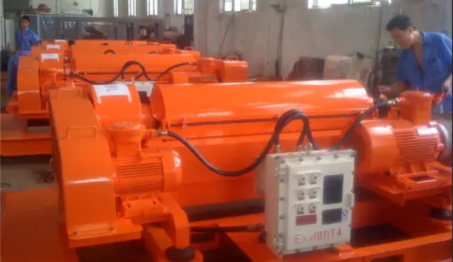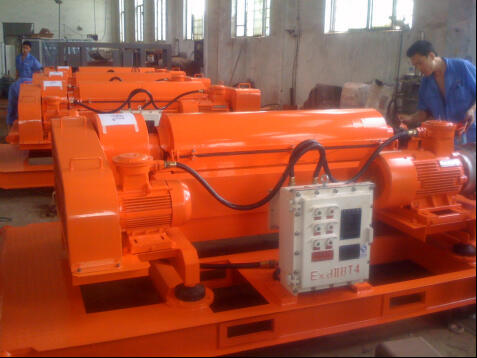In the paper-making industry, paper pulp dewatering is a crucial part of waste paper recycling, pulp concentration, and fiber recovery. Traditional dewatering equipment (such as belt filter presses and vacuum filters) has problems like low efficiency...

In the paper-making industry, paper pulp dewatering is a crucial part of waste paper recycling, pulp concentration, and fiber recovery. Traditional dewatering equipment (such as belt filter presses and vacuum filters) has problems like low efficiency, high energy consumption, and a high solid content in the filtrate. The LW series horizontal spiral sedimentation discharge centrifuges, with the advantages of continuous operation, high-efficiency dewatering, and low maintenance costs, have become an ideal choice for paper pulp dewatering.

Solution:
Equipment Selection: LW series horizontal spiral sedimentation discharge centrifuges (different specifications can be selected according to the production capacity requirements)
Materials: Fiber suspensions such as waste paper pulp, wood pulp, bamboo pulp, straw pulp, etc.
Process Flow:
● The pulp suspension is pumped to the feed inlet of the centrifuge and evenly distributed inside the drum.
● It rotates at a high speed (2500~3500 rpm) under the action of a strong centrifugal force, and the fibers (solid phase) quickly settle on the inner wall of the drum.
● The screw blades driven by the differential drive push the dewatered fibers towards the slag discharge port for discharge.
● The separated filtrate (water and fine impurities) is discharged from the overflow port and can be reused or further processed.
● The dewatering effect can be optimized by adjusting the drum rotation speed, differential ratio or weir plate height.
Advantages of the Solution:
● High-efficiency Dewatering: The processing capacity of a single machine can reach 10-50m³/h, which greatly improves production efficiency.
● Compared with traditional filter presses, the energy consumption is reduced by 30%-50%. The filtrate is clearer, and the fiber loss is reduced.
● It is controlled by PLC and can monitor parameters such as torque and rotation speed in real time, reducing manual intervention.
● The use of wear-resistant alloy screw blades and drum liners can adapt to the high wear characteristics of the pulp, resulting in a long service life
●low maintenance costs.
Application Scenarios:
● Concentration and fiber recovery of deinked pulp and waste paper pulp.
● Washing and dewatering of chemical pulp and mechanical pulp.
● Recovery and utilization of fibers in the white water of paper machines.